What If Our Kids Have Been Learning The Wrong Way All Along?
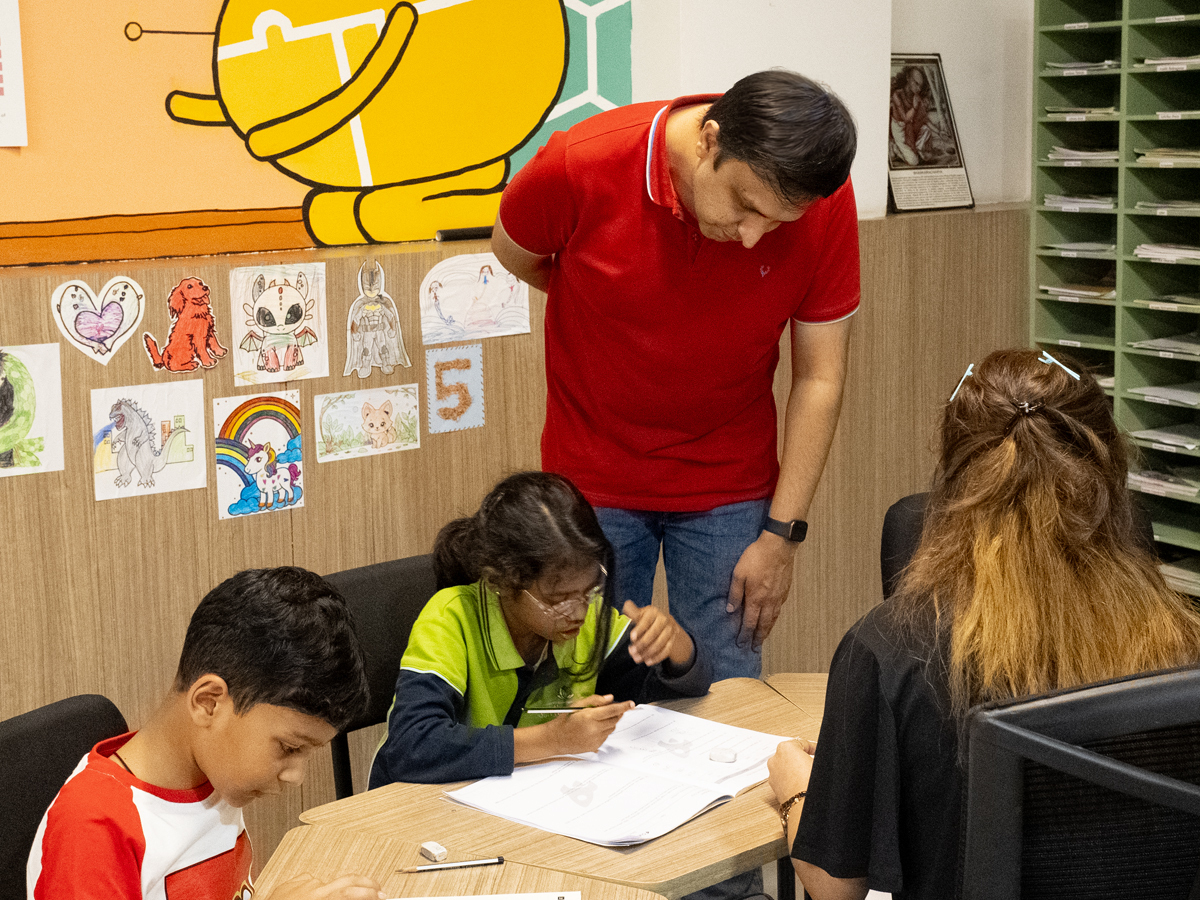
If you think about it, the most important thing your child could learn today is perhaps not math, or coding, or writing - but learning itself.
Yes, learning how to learn.
We live in a time when information is everywhere, but true understanding is rare. Most children spend years “studying” - reading, memorizing, and practicing - yet only a small fraction actually learn deeply. The reason has little to do with their intelligence. It has everything to do with how their brains are being trained.
The Hidden Enemy: When Learning Feels Too Easy
Let’s start with something counterintuitive - real learning should feel slightly difficult.
When your child struggles a little while recalling a math concept or solving a tricky word problem, that struggle is not failure. It’s the brain working out. Each time it wrestles with an idea, it strengthens the neural connections that make learning permanent.
But here’s the catch: most of the habits students follow - or are encouraged to follow - remove that necessary struggle.
- They re-read their notes again and again, feeling comforted by how “familiar” the content looks.
- They highlight entire paragraphs, which feels like activity but adds no real understanding.
- They cram before tests, thinking that short-term recall equals mastery.
All of these are what neuroscientists call illusions of learning. They feel productive because they are easy. But easy learning is fake learning.
Think of it like this: if your child only ever lifts light weights at the gym, their muscles won’t grow. Similarly, if their brain never faces productive resistance, their neural “muscles” won’t either.
So if your 5th grader says, “This math worksheet is too easy,” or your 9th grader breezes through a chapter without stopping to think - it’s a red flag. Learning that feels effortless is often superficial.
The Science of Real Learning
Over the last decade or two, scientists have uncovered a lot of powerful neuroscience-based learning techniques. These are simple to understand, but life-changing when practiced.
Let’s look at a few.
1. Retrieval - Make the Brain Work for It
After learning something, close the book and try recalling it without looking.
For example, after a 3rd grader learns how to find the perimeter of shapes, ask: “Can you explain how you’d find the perimeter of your classroom’s door frame?”
Or after an 8th grader studies linear equations, ask: “If you had to teach this to a friend who missed school, how would you explain it?”
Each time your child tries to recall or explain something from memory, their brain fires up the exact neural circuits that learnt that information - making them stronger.
The struggle of retrieval makes learning more durable.
At Cuemath, we practice retrieval through a technique called “Teach it Back.” When a student teaches a concept back to their tutor, that’s when we know true understanding has begun.
2. Spacing & Interleaving - Mix It Up, Spread It Out
The brain doesn’t grow from repetition alone - it grows from revisiting ideas after forgetting a bit.
If your 6th grader learns fractions today, don’t make them do 20 fraction problems in a row. Instead, come back to fractions two days later - that’s spacing. And mix a few fraction questions into a geometry session - that’s interleaving.
Practicing math (or any skill) using spacing and interleaving makes the brain work harder to retrieve and connect ideas - which strengthens long-term mastery of the subject material.
In Cuemath sessions, for example, there’s a powerful system called Smart Practice that uses spacing and interleaving to make students often revisit old topics while tackling new ones - ensuring that they never forget what they learn.
3. Generation - Try First, Learn After
Before explaining how to solve a problem, let your child try it - even if they have no idea how.
Say your 4th grader is learning multiplication of decimals. Give them a question like 1.2 × 3.4 and ask, “What do you think the answer might roughly be?”
Even if they get it wrong, their brain becomes hungry for the correct explanation. And then, when the concept is finally taught, it sticks far more deeply.
Learning scientists call this “generation.” Generation - even if incorrect - primes the brain to be a much better receptor of learning.
Cuemath leverages the generation effect in multiple ways. One of them is our puzzle cards feature. In every session, the tutor will hand out a puzzle to the child to try out on their own, without giving away the answer. The child is expected to struggle with the puzzle on their own - even if it takes hours or more - and come back in a subsequent session with whatever progress they could make. And only then will the tutor reveal the correct answer and solution.
4. Reflection - Think About Thinking
After every lesson or practice, encourage a short reflection.
“What was tricky today?”
“What helped you finally get it?”
“If you had to explain this differently next time, what would you change?”
Reflection combines retrieval, reasoning, and self-awareness - a cocktail that turns surface learning into deep mastery.
Even a 1st grader can do this. After solving a puzzle, simply ask, “What made that puzzle hard?” Their answer gives you a window into how they’re learning - and helps them become more conscious learners.
How Parents Can Be Catalysts
As parents, we have more influence on learning outcomes than we realize. The good news? You don’t need to be a math expert. You just need to understand how learning works.
Here are a few simple, powerful things you can do:
- “Cue don’t tell”. Instead of giving answers, ask guiding questions: “Why do you think that works?” or “Can you prove it in another way?”
- Mix it up. Encourage your child to switch between topics or subjects rather than doing one in isolation.
- Space it out. Review old material after a few days or weeks - don’t just move linearly.
- Celebrate struggle. When your child says, “This is hard,” smile and say, “Perfect - that means your brain is growing.”
Every time you frame difficulty as growth, you’re rewiring how your child experiences learning itself.
The MathFit Philosophy
At Cuemath, we believe math is the perfect gym for the brain.
When a child practices the right way - with techniques like retrieval, spacing, interleaving, and reflection - they’re not just learning math. They’re developing long-lasting mathematical fitness - the ability to think clearly, reason logically, and apply concepts confidently.
Our tutors act as coaches, not lecturers. Every Cuemath session keeps the child in the “Right Zone” - challenging but achievable - so that every moment of effort builds their neural strength.
I’ve taught over 10,000 students, and I’ve seen the same magic unfold time and again. When children learn how to learn, their growth compounds. A once “average” student begins solving Olympiad problems. A shy learner suddenly starts explaining solutions confidently.
It’s not luck. It’s biology, leveraged wisely.
The Takeaway
Every child has infinite potential - but only if we help them use their brain the way it’s designed to learn.
In a post-AI world, information will be free and abundant. The real differentiator will be learning agility - the ability to absorb, connect, and create faster than others.
So the next time your child studies, don’t just ask, “Did you finish your homework?”
Instead, ask, “How did you learn it?”
Because in the long run, that’s the question that makes all the difference.
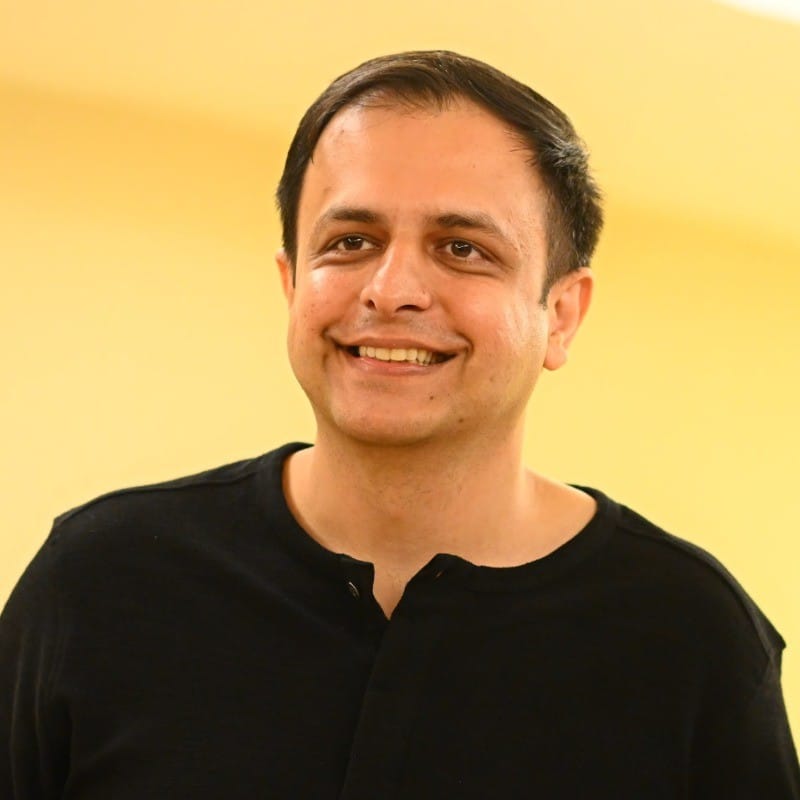
About the Author
Manan Khurma
Founder of Cuemath, IIT-D Alumnus
On a mission to make every child MathFit - and a lifelong learner.
View My LinkedIn
Read more
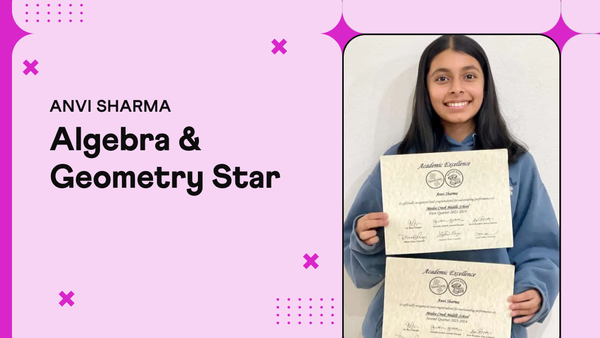
100% in Algebra 1 & A+ in Geometry CP: How Anvi achieved it
Anvi, a grade 9 Cuemath student, has demonstrated exceptional academic and leadership excellence. She scored 100% in Algebra 1 and A+ in Geometry CP, earning certificates of appreciation from her school. Her strong academic record and consistent discipline also led to prestigious leadership recognitions at the state level. With consistent
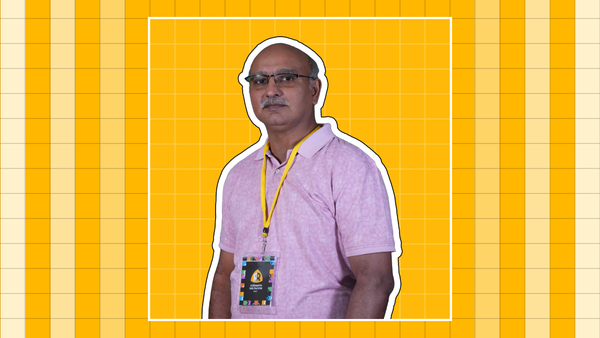
Deepak Mavani: Helping Students Ace High School Math and AP Courses
Born and raised in the beautiful Thiruvananthapuram, Kerala, Deepak’s passion for teaching comes from the joy of seeing that spark in a student's eye when they finally understand a concept. To him, math is a doorway that opens up a world of curiosity, creativity, and a lifelong
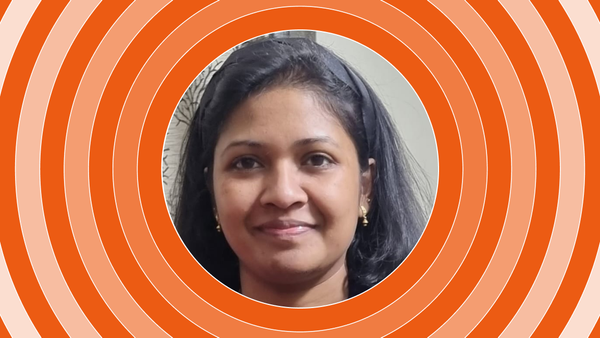
Shiji Varughese: Turning “I Can’t” into “I Love Math”
Originally from Gurugram, Shiji finds fulfillment in transforming a student's perception of math. An engineer by profession, Shiji Varughese was always inclined toward mathematics, and Cuemath has allowed her to dive into her passion for teaching. For almost six years, she has been nurturing future MathFit kids and
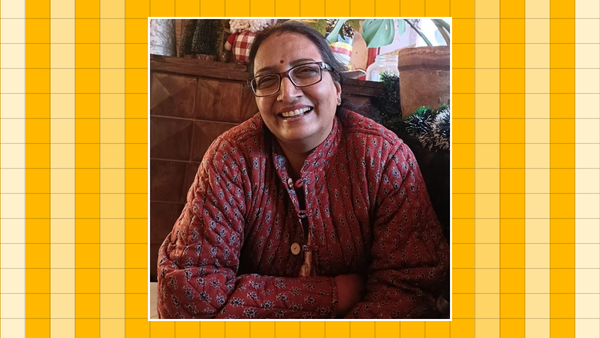
Aasha Bansal: Making Math Engaging, Inspiring Curiosity
Aasha Bansal believes math is not about rote learning, but about discovering patterns in everyday life. She adapts her teaching methods to each student’s unique learning style, nurturing curiosity and encouraging questions. Mistakes are treated as stepping stones, helping students build confidence and mastery over concepts. Her goal is

